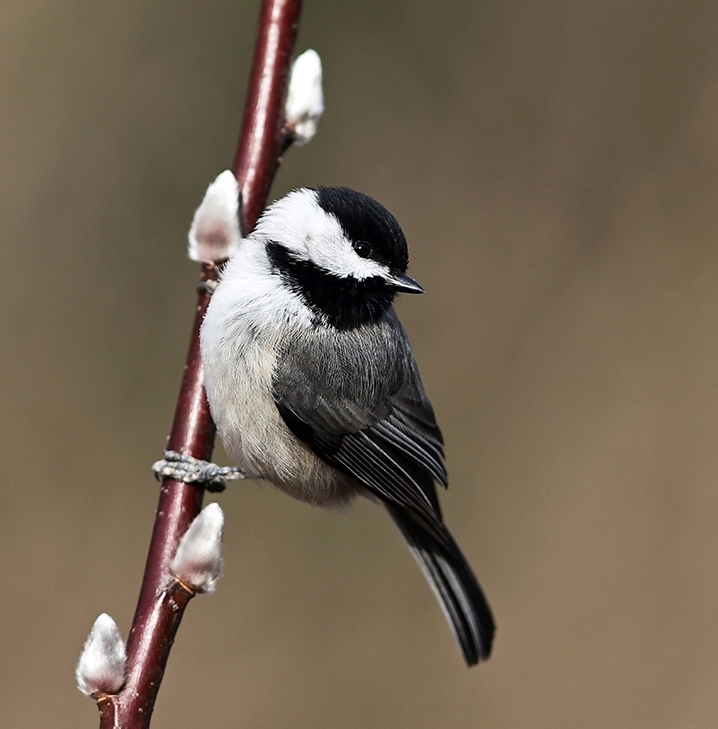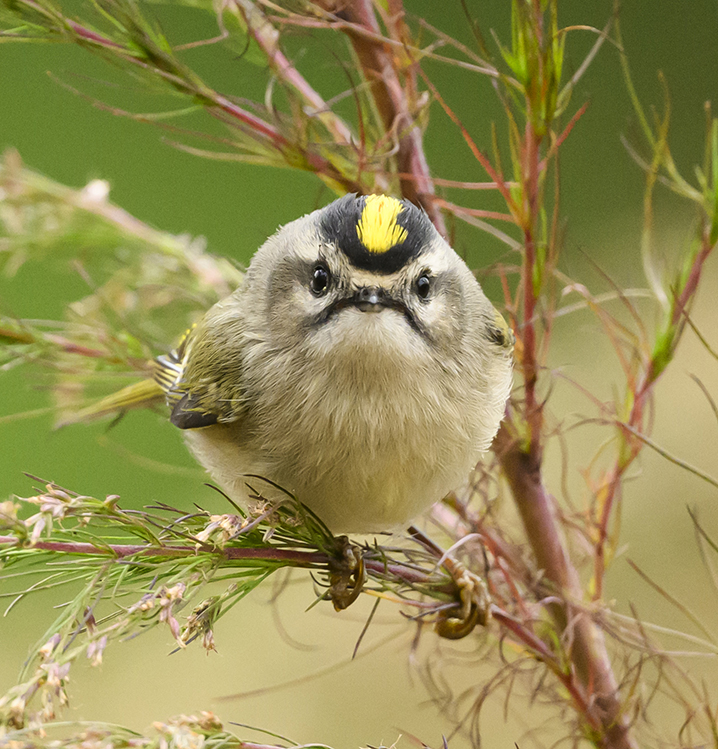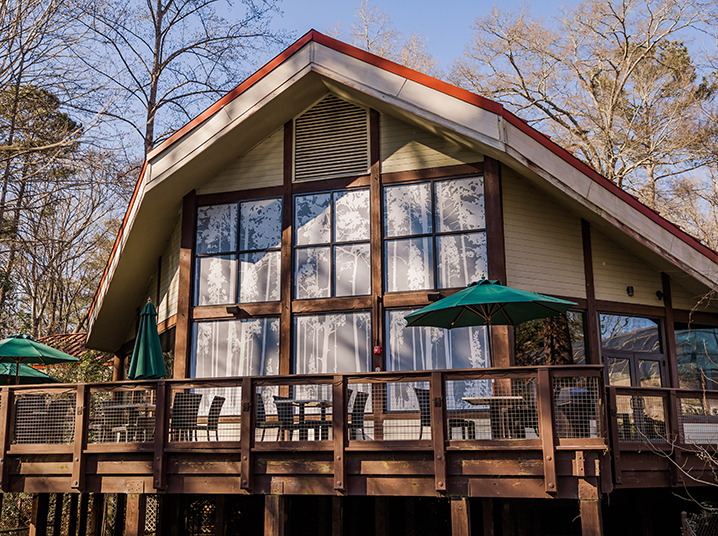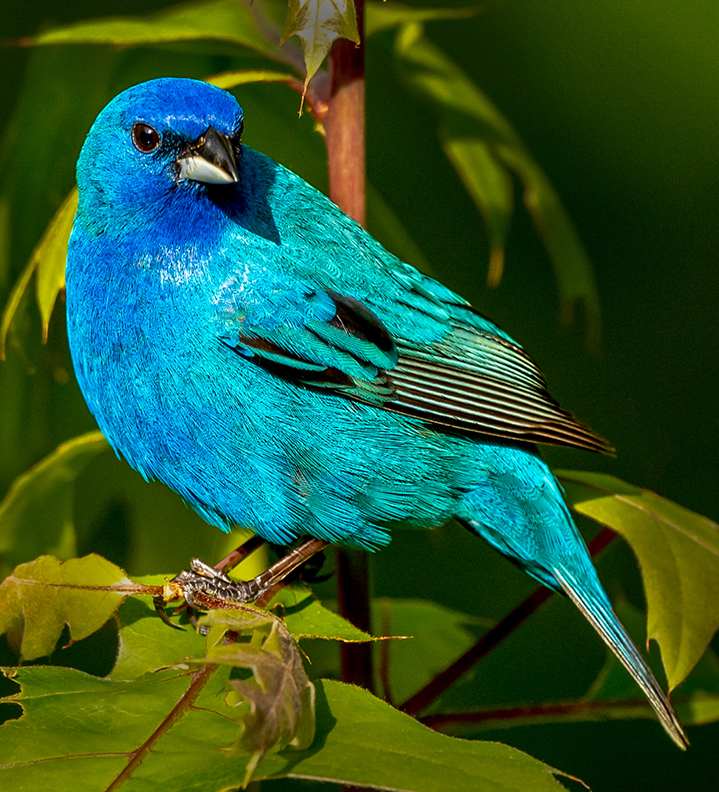
SCWF has joined with various partners and organizations in South Carolina to make buildings more bird-friendly. In 2022, SCWF worked with the Richland Library of Ballentine to implement the first commercial installation of CollidEscape, a bird-friendly window covering that prevents the library’s feathered visitors from crashing into the 70-square foot window overlooking the surrounding forest. The CollidEscape material is an external window vinyl that makes glass a visible barrier to birds, yet allows the view from inside to remain unobstructed. The latest installation is at the Tuskers restaurant at Riverbanks Zoo, which was a collaboration between SCWF and the Riverbanks Zoo and Garden. Read more about these projects below.

Birds are also attracted to artificial light, which becomes a greater problem at night as the majority of migratory birds fly under the cover of darkness to avoid predators and utilize the moon and stars for navigation. When flying over large illuminated cities, birds become disoriented and get thrown off their migration paths, causing them to fly around until exhausted or even collide with buildings, communication towers, and other structures. The Lights Out Program is a national effort to reduce this problem by encouraging cities and residents to turn off their lights during spring and fall migration.
SCWF partners with the South Carolina Audubon Society on Lights Out South Carolina, a campaign dedicated to raising awareness about the problems that artificial lights pose for birds, and offering solutions to reduce these issues. Through taking collective action, we can help ensure that South Carolina skies provide safe passage.

